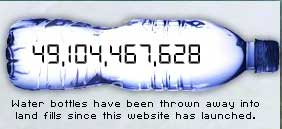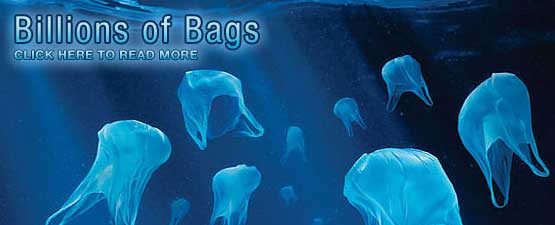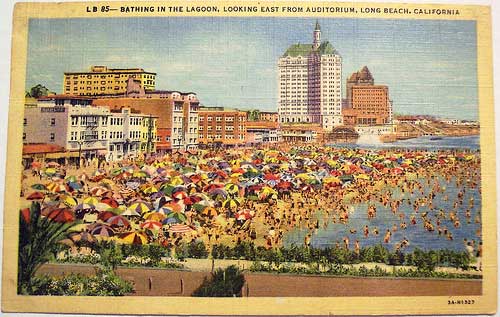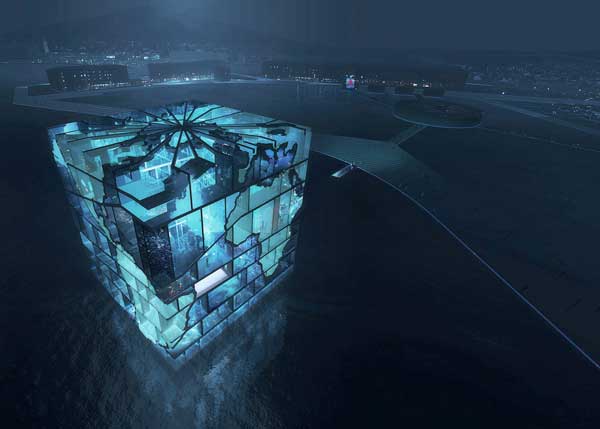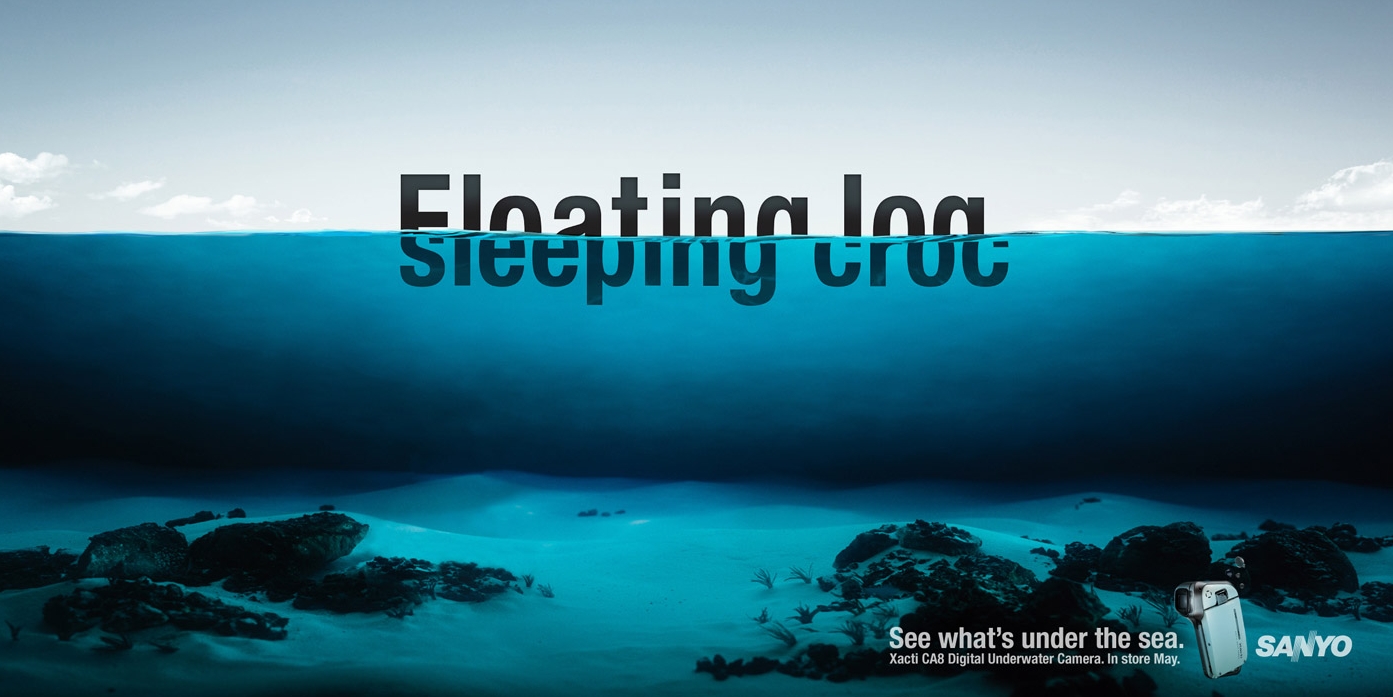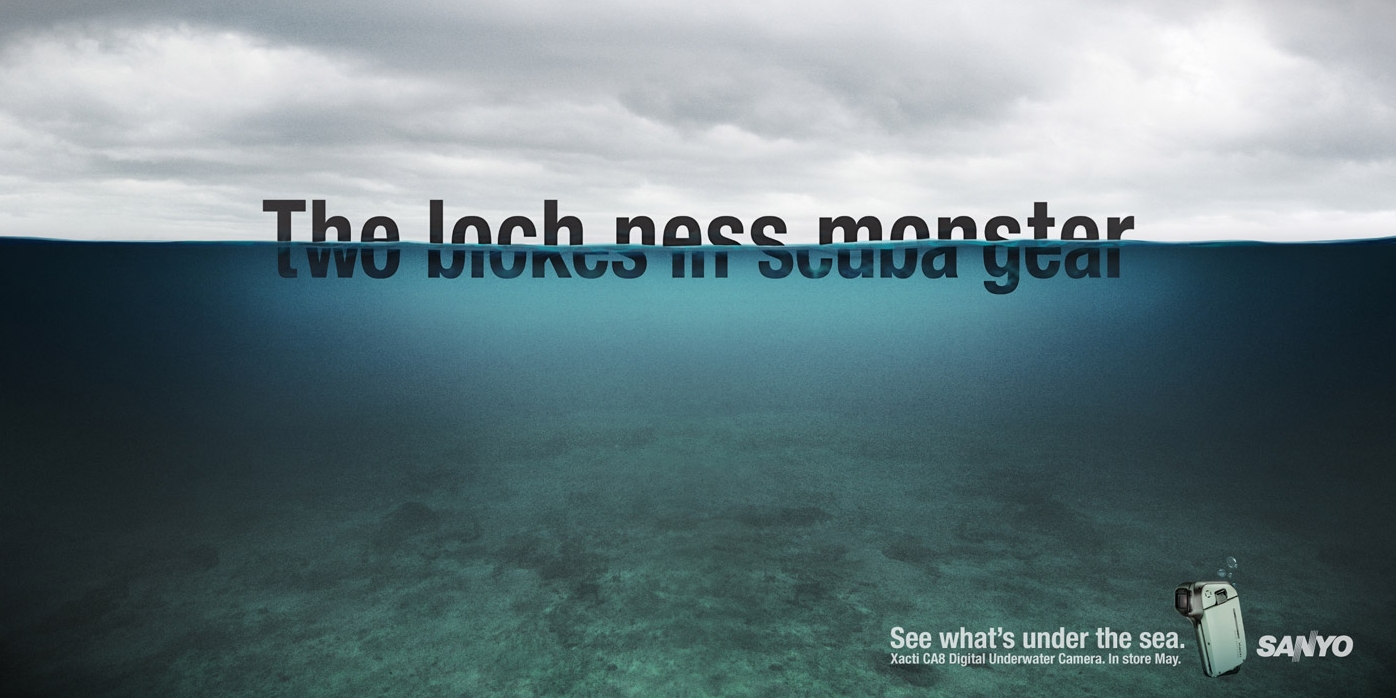In the current installment of Emily Green’s excellent regular feature “The Week that Was” at ChanceofRain.com, I read…
“It would be very interesting if we could drain the ocean and look at what’s down there.” – Holly Bamford, head of the National Oceanic and Atmospheric Administration’s Marine Debris Program, “‘Ghost’ traps, long lost, keep catching lobsters,” AP / Denver Post, November 26, 2009
Before I reached the closing quote I was overwhelmed with a long-buried visual memory, as vivid today as it was more than forty years ago.
I MUST FIND IT. I purchased it for my children 20 years ago and it is here, somewhere in my house. So many books…so many neglected boxes, dusty shelves, stacks in the basement, the attic, unused closets. It took 2 days to find it, and what a joy it was to hold in my hands again and turn the pages.

Once upon a time there were five Chinese Brothers and they all looked exactly alike. They lived with their mother in a little house not far from the sea.
The first Chinese brother could swallow the sea.

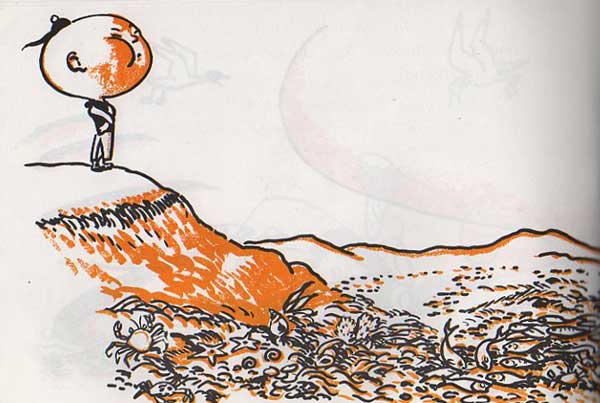
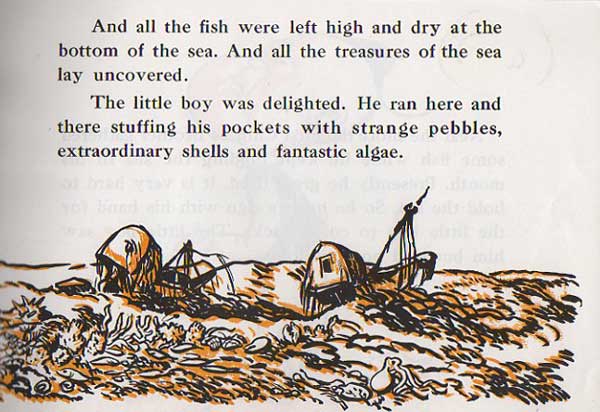
He could swallow the sea! As a child, these pages captured my imagination many times over. How wonderful would it be if I could roam that seabed, seeing, touching and marveling at the sight of all the mysteries of the deep laid bare! Even today it is a powerful fantasy to ponder.
(In the book, this scene is a spread that looks like this:
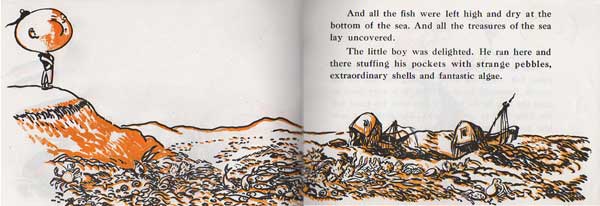
If you are familiar with the book, you are likely smiling and fondly remembering the story. If this is new to you, l’ll avoid any spoilers and just say, “YOU MUST FIND IT.” (Try your local library or Amazon.com, $5.99)
The book was originally published in 1938 but since the 1970s has been removed from schools and classrooms due to criticism of alleged ethnic stereotyping. There are also plenty of defenders–including me and many others who understand the magic in a child’s (or adult’s) imagination, to “drain the ocean and look at what’s down there.”

